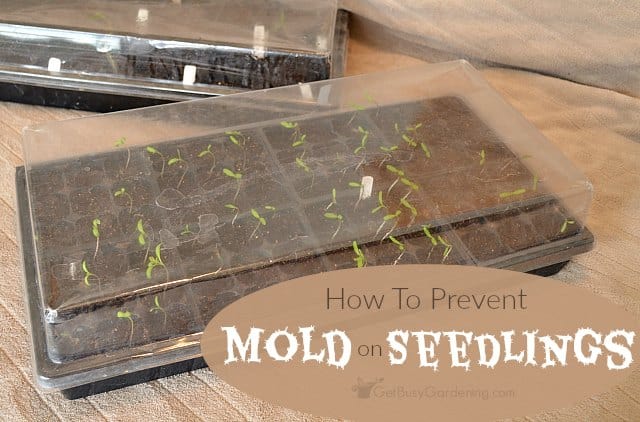
/seedlings-4d403d5d230943eeb7abc533fc2c6fa0.jpg)
Many seeds have fuzzy, white root hairs that emerge early in germination. The most important thing is to remember the conditions that make mold thrive, and to change your plants’ environment to reduce those conditions.īonus Fact: If you see straight, white threads radiating out from a seed that is sprouting near the surface of your soil, chances are good that you are not looking at mold. Mold can be alarming, and it certainly shouldn’t be left to run rampant, but you don’t need to panic if you can’t instantly eradicate it. If you can use all four of these strategies, you should experience the best results. If it’s late enough to be hardening the seedlings off for transplanting outside (a week or two before my region’s last-frost date), then I continue this process for longer and longer doses until they are spending entire days outside. The next day, they can stay in the shade for up to two hours and get a few more minutes of sunlight. At some point during that hour I give them two minutes of direct sunlight. Here is what I do: I take my seedlings outside into a shaded area for about an hour on a mild day.
#Mold on seedlings full
They have developed their leaves in response to their low-light conditions, and shocking them with the sun’s full blast will make those leaves turn white and crumbly within a single day. However, your indoor-grown seedlings are not equipped to handle direct sunlight either. Mold cannot tolerate UV radiation, so giving it a direct dose of sunlight is satisfyingly lethal. This strategy can be the quickest-acting, but it takes a careful touch. Teaching them about colder weather now will keep them from being shocked when you begin to harden them off before transplant time. Lowering the temperature discourages this fuzzy miscreant and also helps prepare your plants for life in the unpredictable outside world. Mold is comfortable at the same temperatures humans enjoy in their homes-at least 20 degrees Celsius (70 degrees Fahrenheit).
#Mold on seedlings crack
You can also crack a window if this won’t inflict freezing temperatures on your young plants.
#Mold on seedlings cracked
Over the next several days, turn the fan gradually until they are tolerating a greater force of air.Ī simple ventilation setup of a fan and a cracked window If you are adding a fan after your seedlings have already sprouted, start by directing it so that the seedlings barely stir. Of course, you should be careful to ease them into it. In addition to mold management, it’s good for your plants to get used to wind before they are transplanted outside. Add a fan to the space where your seedlings are growing and direct a gentle current at them. Mold grows best in places with unmoving air-just think of closed-up rooms and mildewy old trunks that are rarely opened. Pull them apart to disrupt its happy homemaking. Pressing two cylinders up against each other creates a nice, cozy nook for mold to move into. Mold likes the cellulose that paper is made of, and it likes still air and crevices where it can really get a toehold. Simply move pots apart if they are touching each other. You’ll get a sense for what the right amount is to dampen your soil without soaking it. If your pots are all saturated before the water is gone, pour off the excess and remember to use less next time.
/woman-watering-plants-in-pots-707445427-5a7fa75d1f4e1300376e8483.jpg)
The pots will soak up water from their bases, which helps train the roots to keep digging downward.

When you do give your plants a drink, take advantage of paper’s porous nature and use bottom-watering: put your pots in a tray and pour the water into the tray.


 0 kommentar(er)
0 kommentar(er)
